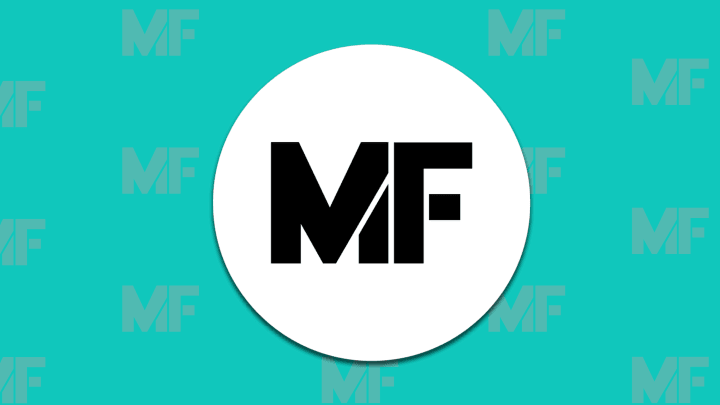With normal intersections, our driverless future would still involve traffic. However, researchers at MIT want to eliminate traffic lights and teach autonomous cars how to best behave at intersections. The plan is called Light Traffic and, according to Dezeen, it works by having sensors monitor the flow of traffic. The speed of each car is then adjusted accordingly and “crossing slots” are allocated when they arrive at the intersection, meaning they can pass through without having to stop.
Light Traffic was developed by researchers at the SENSEable City Lab, part of MIT’s Department of Urban Studies and Planning, and the plans were published in the journal PLOS One. Researchers explain that their slot-based approach to traffic management would eliminate bottlenecking by adjusting speed according to levels of traffic. More traffic would trigger cars to slow down earlier in the road, preventing traffic from building up at intersections. This strategy, researchers claim, would not only keep traffic moving at a constant speed but would also reduce the pollution emitted by vehicles as they wait at traffic lights.
“An intersection is a difficult place, because you have two flows competing for the same piece of real estate,” explains researcher Carlo Ratti in the study. “[Light Traffic] moves control from the [traffic] flow level to the vehicle level. Doing that, you can create a system that is much more efficient, because then you can make sure the vehicles get to the intersection exactly when they have a slot.”
Of course, the system will only work when all of the cars on the road are either driverless or equipped with some form of connectivity. Right now, MIT’s traffic light-free system is aspirational rather than practical—a model for a more efficient traffic system which could be possible in the not-too-distant future.
"If you start from the intersection, this propagates to the city level,” says Ratti. “Because the intersection is the crucial point, once you solve the intersection, it has a beneficial effect on the whole system.”
[h/t Dezeen]
Banner image credit: Dezeen, YouTube
